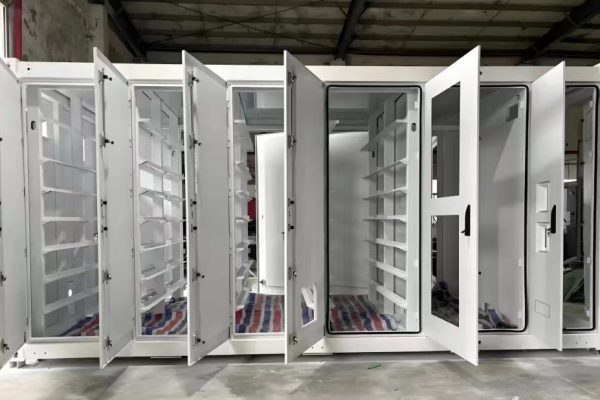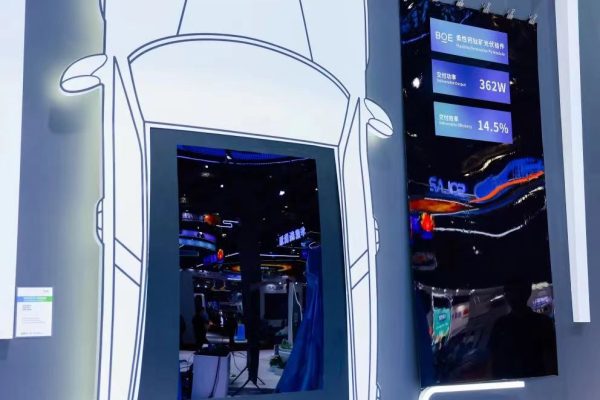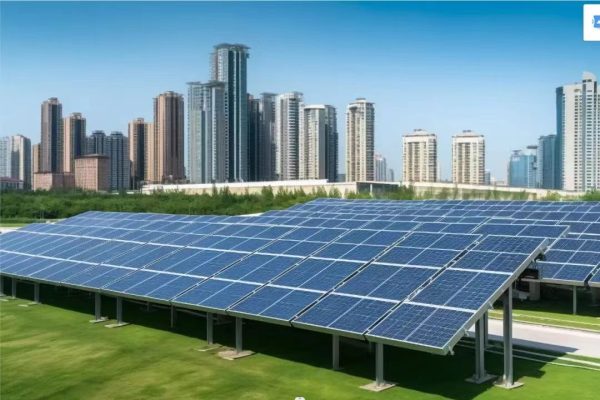Build Trust, Reduce Returns, and Win Long-Term Clients
In the residential solar + storage market, customer support is often the make-or-break factor for your brand. While product quality and pricing matter, what truly defines the user experience — especially for homeowners — is what happens after the sale.
Whether you’re an OEM, exporter, or small-to-mid-sized system integrator, building a responsive, reliable, and simplified after-sales strategy can improve referrals, reduce negative reviews, and increase repeat business.
Why After-Sales Support Matters More in Residential Projects
Unlike commercial clients, residential end users:
- Usually lack technical expertise
- Expect fast, human-centered responses
- Have low tolerance for system downtime
- Buy based on reputation and emotion as much as specs
In short, a homeowner wants peace of mind, not just a product.
Key Elements That Residential Customers Actually Care About
1. Fast Response Time
Even a 12–24 hour response delay feels too long for residential users. Aim for:
- Same-day reply for email/tickets
- Under 10-minute wait for live chat or WhatsApp
- Auto-replies with case number and estimated resolution time
💡 Tip: Use templated responses with real empathy — not robotic replies.
2. Clear, Non-Technical Communication
Avoid jargon like “RS485 polling errors” or “MPPT string voltage mismatch.” Instead:
✅ “The system is receiving power, but not charging correctly — we’ll guide your installer to reset.”
✅ “We noticed the solar panels are shaded — the inverter reduced output to protect the battery.”
Use plain English, visuals, and analogies.
3. Local Installer Support
Homeowners prefer “someone they can call.” That’s why:
- Build a network of qualified local installers
- Provide them with fast, priority-level technical support
- Offer installer-specific FAQs, wiring diagrams, and firmware guides
🛠 Installers are your first line of defense in support.
4. Mobile Monitoring Apps
Most residential users check their systems from their phone. A good app:
- Shows live power flow (solar, battery, grid, load)
- Sends push alerts for faults or outages
- Has a one-click “report a problem” button
- Supports English, Spanish, French, etc.
📱 A bad app = more calls to your team. A good one = 50% fewer tickets.
5. No-Hassle Warranty Process
Avoid asking homeowners to:
- Remove the inverter
- Do advanced diagnostics
- Wait 30+ days for parts
Instead, offer:
- On-site replacement through your local partner
- Serial number-based tracking to skip paperwork
- Clear warranty transfer policy (for home sales)
🤝 Simplicity = trust.
Top Support Channels You Should Offer
| Channel | Why It Matters |
|---|---|
| Email & Ticket System | Good for documentation, case tracking |
| WhatsApp / WeChat | Fastest for many countries, especially Asia/LatAm |
| Phone (local or toll-free) | Reassures customers you’re real |
| Remote Monitoring Platform | Lets you diagnose before site visit |
| Installer Portal | Keeps your support load manageable |
What Installers & Exporters Can Prepare in Advance
If you’re selling to homeowners indirectly (via dealers or local partners), equip your partners with:
- Pre-made FAQ sheets for homeowners
- Quick install checklists to reduce field issues
- Training webinars or video libraries
- Spare parts kits with each shipment
- A shared support ticketing system
🎯 The goal: reduce escalation to your factory or HQ support.
Metrics to Track in After-Sales Service
To improve continuously, monitor:
- Average first response time
- Resolution time per ticket
- Number of repeat issues
- Warranty claim rate by product line
- Installer satisfaction score
Even if your support team is small, measuring these KPIs shows where to automate or improve.
In the residential PV + storage market, great support wins loyalty. Small system integrators or exporters who provide clear communication, local help, and simple tools will stand out — even against bigger brands.
Remember: residential customers don’t want to be engineers. They want reliable energy — and someone they trust when things go wrong.









